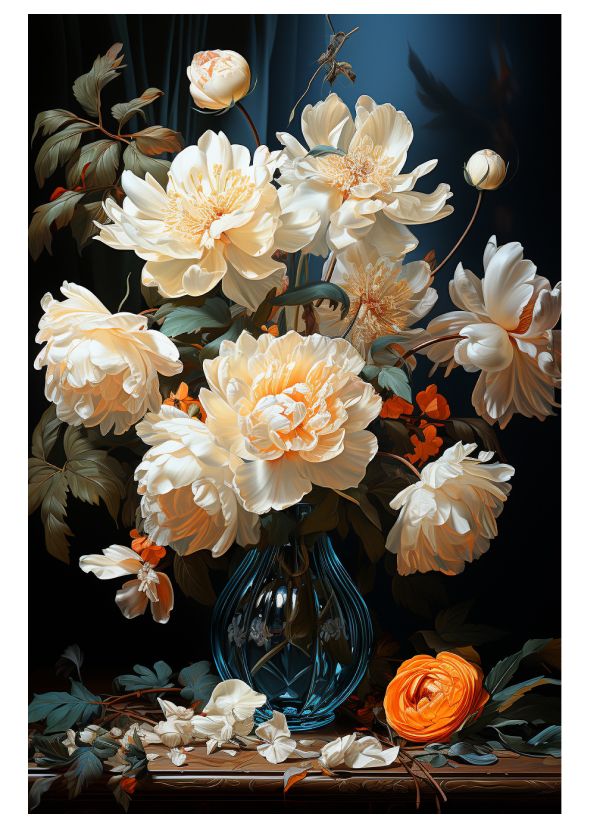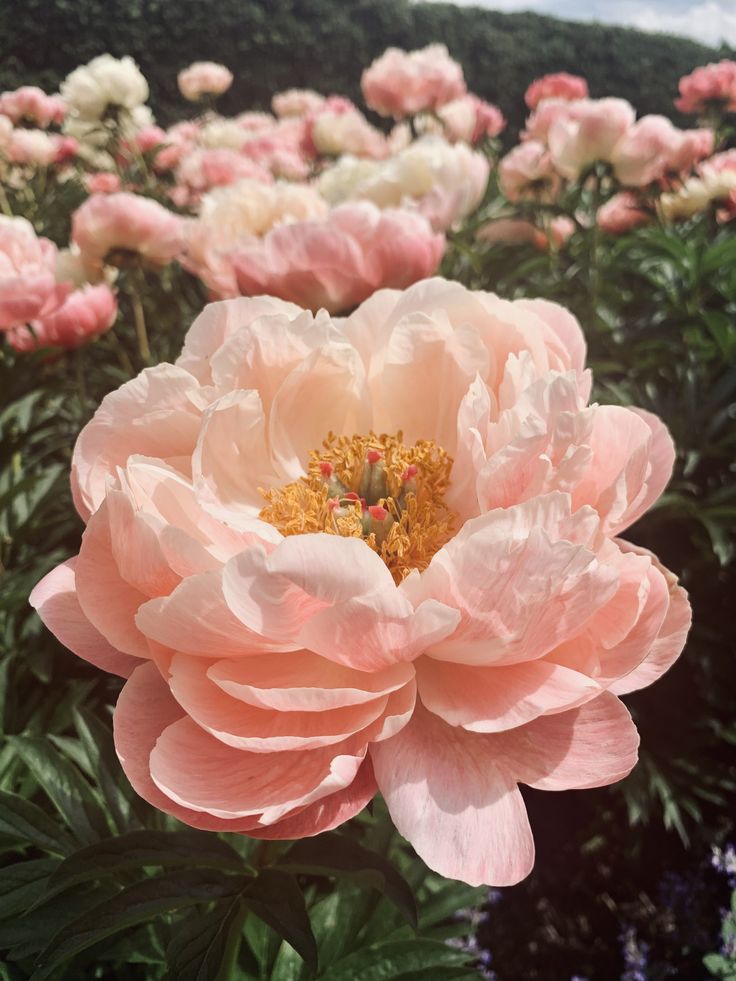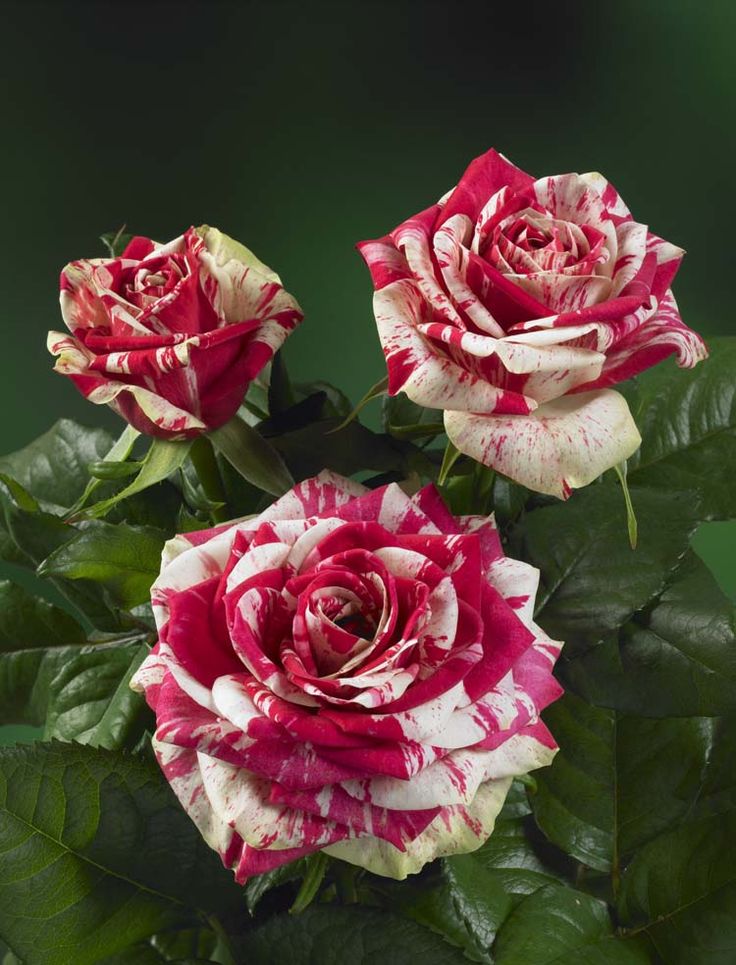Embracing Indigenous Beauty: Integrating Native Plants into Garden Designs
Incorporating native plants into garden designs is a sustainable and ecologically beneficial approach that celebrates the natural beauty and resilience of indigenous flora. Native plants are uniquely adapted to local environmental conditions, requiring less water, fertilizer, and maintenance compared to non-native species. By including native plants in your garden design, you can create a vibrant and biodiverse landscape that supports local wildlife, conserves water, and connects you to the natural heritage of your region. Here are some tips for incorporating native plants into your garden designs:







1. Research Native Plant Species
- Identify Local Native Plants: Research native plant species that are indigenous to your region, including trees, shrubs, perennials, and grasses. Consult local gardening resources, botanical gardens, and native plant societies for information on native species and their growing requirements.
- Select Species for Different Microclimates: Choose native plants that are well-suited to the specific microclimates and soil conditions in your garden, such as sun exposure, soil type, and moisture levels. Consider factors like drought tolerance, shade tolerance, and wildlife value when selecting plants for different areas of your landscape.
2. Design with Native Plants in Mind
- Create Habitat Diversity: Incorporate a diverse mix of native plants with varying heights, textures, colors, and bloom times to create habitat diversity and provide food, shelter, and nesting sites for local wildlife such as birds, butterflies, and pollinators.
- Embrace Naturalistic Planting Styles: Design naturalistic plantings that mimic the patterns and compositions of native plant communities, such as meadows, woodlands, or prairies. Arrange plants in informal groupings or drifts, and avoid overly manicured or symmetrical layouts.
3. Promote Sustainability and Conservation
- Conserve Water Resources: Choose drought-tolerant native plants that require minimal supplemental irrigation once established, reducing the need for water-intensive landscaping practices and promoting water conservation in your garden.
- Support Ecosystem Services: Harness the ecological benefits of native plants, such as soil stabilization, erosion control, and air purification, to enhance the resilience and functionality of your garden ecosystem.
4. Educate and Inspire
- Share Knowledge and Resources: Educate others about the importance of native plants for biodiversity conservation, habitat restoration, and ecological resilience. Host garden tours, workshops, or native plant exchanges to inspire your community to embrace native gardening practices.
- Lead by Example: Showcase the beauty and diversity of native plants in your garden designs, demonstrating how native landscaping can be both aesthetically pleasing and environmentally responsible. Encourage others to follow suit and create their own native plant habitats.
5. Maintain and Monitor
- Provide Careful Maintenance: Maintain native plantings with minimal intervention, focusing on routine tasks such as mulching, weeding, and occasional pruning to promote healthy growth and natural regeneration.
- Monitor Wildlife Interactions: Observe how native plants attract and support local wildlife species over time, noting which plants are most popular with pollinators, birds, and other beneficial organisms. Adjust your garden management practices accordingly to enhance habitat value.
Conclusion
Incorporating native plants into garden designs is a rewarding and environmentally responsible way to create resilient and biodiverse landscapes that benefit both people and wildlife. By researching native plant species, designing with native plants in mind, promoting sustainability and conservation, educating and inspiring others, and maintaining native plantings with care and attention, you can cultivate a vibrant and thriving garden ecosystem that reflects the natural beauty and ecological richness of your region. Embrace the timeless wisdom of indigenous flora, and embark on a journey to rediscover the inherent beauty and resilience of native plant communities in your own backyard.
FAQs (Frequently Asked Questions)
- What are some examples of native plants suitable for garden designs?
- Examples of native plants for garden designs vary by region but may include species such as black-eyed susans, milkweed, coneflowers, switchgrass, oak trees, and serviceberries. Research local native plant nurseries or botanical gardens for recommendations tailored to your specific location.
- How can I create a pollinator-friendly garden using native plants?
- To create a pollinator-friendly garden, select native plants with nectar-rich flowers and provide a continuous bloom period throughout the growing season. Choose a variety of flower shapes and colors to attract a diverse range of pollinators, and avoid using pesticides or herbicides that may harm beneficial insects.